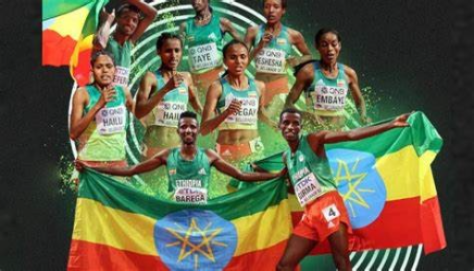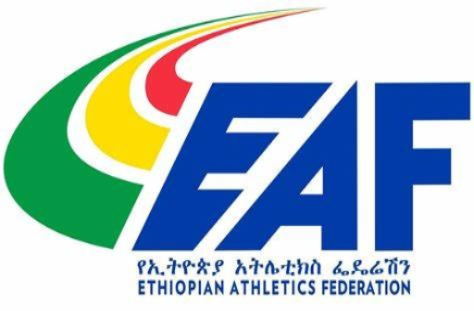The Ethiopian Athletics Federation (EAF) carried out a comprehensive age verification process for athletes selected to represent the country at the upcoming African U18 and U20 Championships in Nigeria this July.
The federation employed advanced MRI scans—a rigorous, medically recognized method—to confirm the ages of all candidates. Shockingly, out of 76 athletes screened, only 22 were cleared to compete, spotlighting a significant challenge for Ethiopian Athletics.
Ethiopian Athletics Faces Structural and Managerial Challenges

Ethiopian Athletics has long been celebrated for producing world-class long-distance runners, with legends like Abebe Bikila and Haile Gebrselassie etching their names into history.
The EAF, founded in 1961, is the official national governing body for the sport and has played a pivotal role in organising competitions, developing talent, and promoting athletics across Ethiopia.
However, despite its storied reputation, Ethiopian Athletics faces ongoing struggles with organisational structure and management, particularly at the club level.
Moreover, recent studies highlight that many athletics clubs in Ethiopia lack clear organizational strategies, face resource limitations, and grapple with weak lines of communication and decision-making.
These challenges often hinder the effective development and verification of young athletes, contributing to issues such as age fraud—a problem now underscored by the federation’s latest screening results.
Impact of Age Verification
The results of the MRI-based age verification process were stark. Among the 76 athletes screened, only six male and sixteen female athletes cleared to compete.
The breakdown by category revealed a particularly troubling situation for U18 men, with not a single athlete eligible to participate. However, U18 women fared slightly better, with two athletes cleared.
On the other hand, the U20 men’s category saw four athletes pass, while the U20 women’s category was the strongest, with 14 cleared—nine of whom had moved up from U18 after age verification, and five who were originally U20 entrants.
Looking Ahead: Strengthening Ethiopian Athletics
The EAF’s use of MRI scans demonstrates a commitment to transparency and fair play, aligning with international standards.
However, the low clearance rate—especially among young men—raises serious questions about the effectiveness of previous age verification methods and the broader management of youth development within Ethiopian Athletics.
To maintain its legacy and ensure future success, organisation must address these organisational and managerial shortcomings.
By tackling these challenges head-on, Ethiopian Athletics can continue to nurture talent, uphold its reputation, and compete with integrity on the continental and global stage


